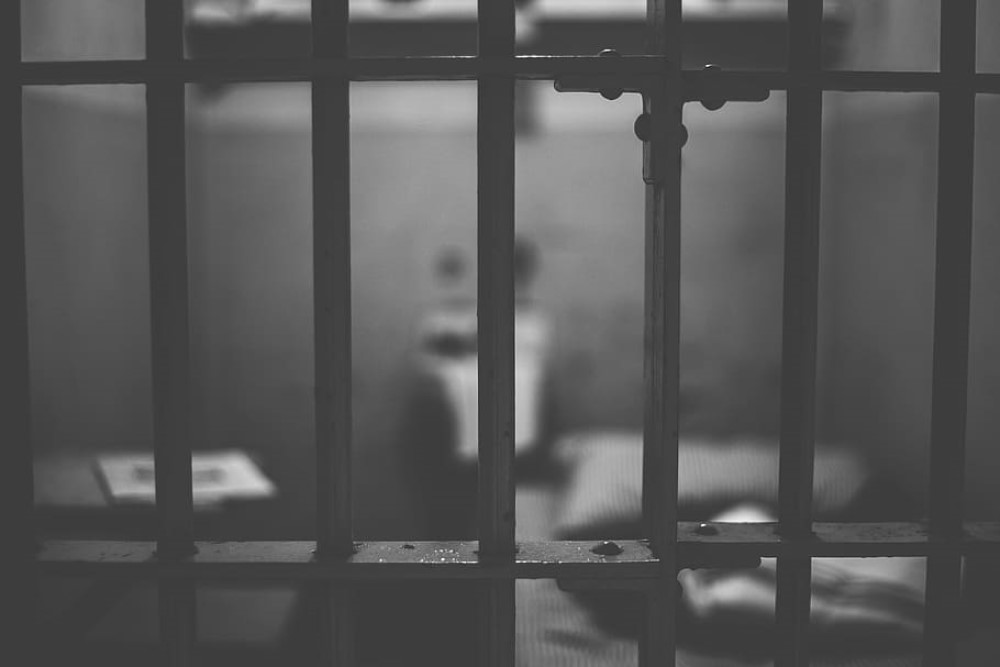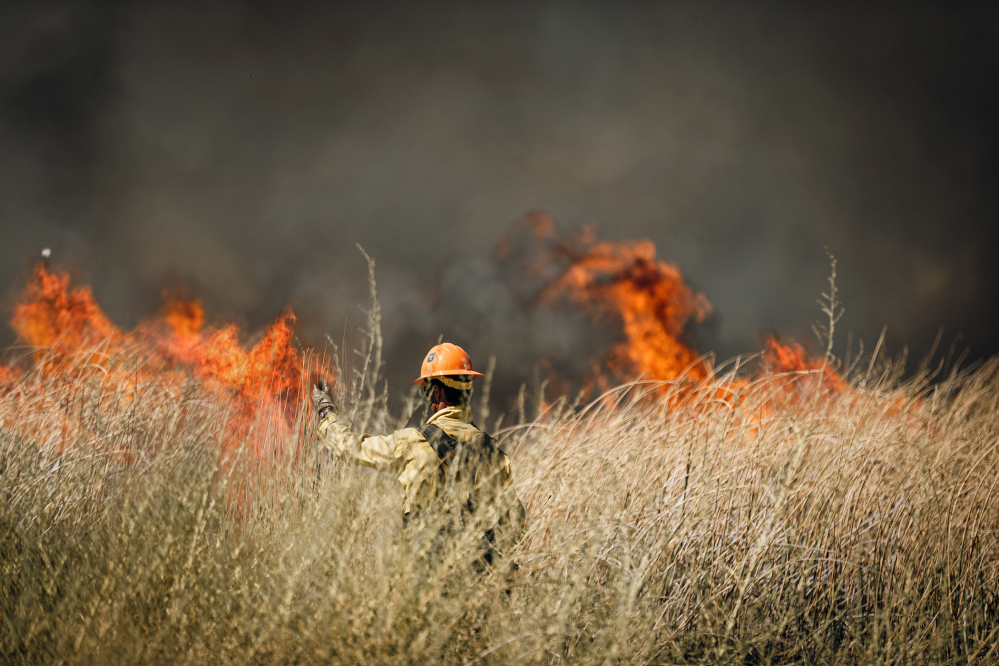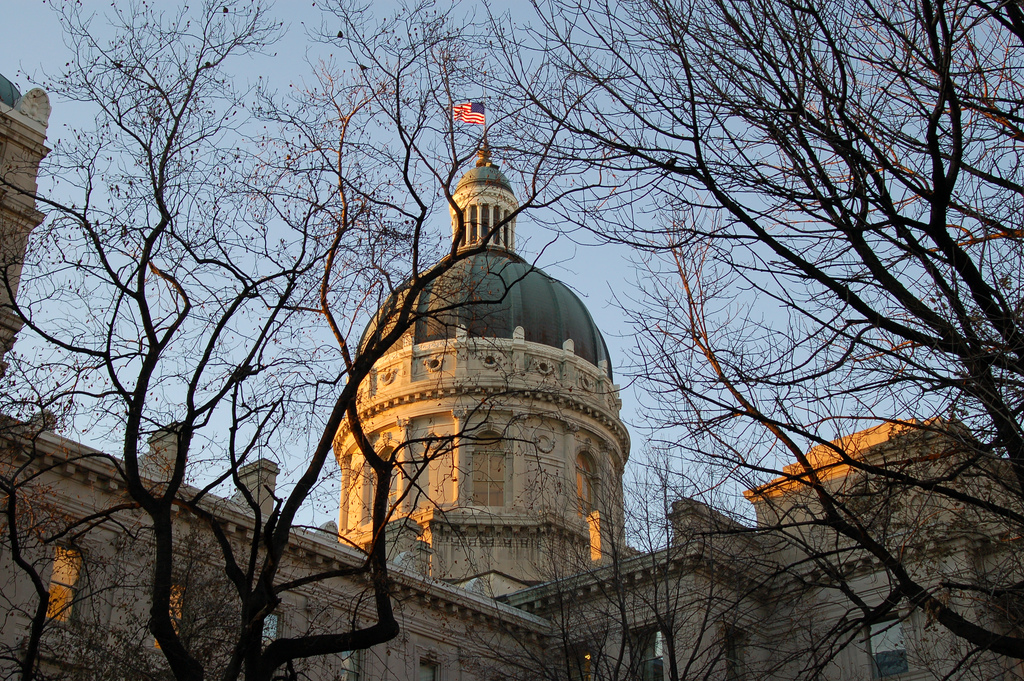I expect that in the near future we will know, for certain, that at least one innocent person has been executed in the United States. This should not come as a surprise. There have been many cases where those on death row are found to be innocent; indeed by some estimates more than 4% of death row inmates may be innocent. One major reason we have not previously proven someone’s innocence is that there is rarely the political will to continue investigating post execution.
What I want to investigate in this piece is what this should mean for the use of the death penalty. The BBC, in its Ethics Guides, notes that the “most common and most cogent argument against capital punishment is that sooner or later, innocent people will get killed, because of mistakes or flaws in the justice system.” But just how cogent an argument is this?
Let me lay my own cards on the table; I am emphatically anti-death penalty. I think the unnecessary killing of any human being is monstrous, and that the state may only use lethal force when combating an active threat, not as punishment for a past threat. However, I would hold this view even if there was no chance of an innocent person ever being executed; my objection is grounded in an invariant pro-life commitment. Thus, I think I am particularly well placed to assess the ethics of this question. I’m not in favor of capital punishment, and so am not looking for any rationalization to dismiss the argument from innocent execution; but nor do I feel a rationalizing compulsion to think the argument works — my own commitments would persist regardless. Of course, this all may just be a second-order rationalization about my own objectivity, but I’ll put aside worries about meta-level rationalizations for another post.
So here is a simple argument from the possibility of executing the innocent to the wrongness of the death penalty:
- If we use the death penalty, eventually an innocent person will be killed. (innocence premise)
- Executing the innocent is always morally wrong, no matter how good the consequences. (absolutism premise)
- Therefore, if we use the death penalty, we will eventually do something wrong that cannot be justified by the goods of executing the guilty.
Now, there is a certain intuitive plausibility to this argument. Suppose I thought that the death penalty has a strong deterrent effect, and so executing the guilty would save many lives (see this article for a defense of this argument; note there have been, as far as I can tell, several persuasive replies); I still would not think it is permissible to frame an innocent person and execute them to get that same deterrent effect. Thus, it is wrong to kill the innocent, even to bring about the valuable execution of the guilty.
The problem with this argument, is that, by parity, it seems to suggest we should never punish anyone:
- If we imprison people, eventually an innocent person will be imprisoned. (innocence premise)
- Imprisoning the innocent is always morally wrong, no matter how good the consequences. (absolutism premise)
- Therefore, if we imprison people, we will eventually do something wrong that cannot be justified by the goods of imprisoning the guilty.
This argument, as far as I can tell, has the same surface level plausibility as the previous one. If I knew the only way to capture a murderer was to, for some reason, imprison an innocent person for life, it would not be permissible to imprison that person.
So what has gone wrong with these two arguments? I think it is that there is a difference between killing or imprisoning the innocent as an intended means to punishing others, and foreseeing that the innocent may be killed or imprisoned as a consequence of a broader policy of punishment. While there may be an absolute prohibition on killing or imprisoning the innocent, that does not mean there is a prohibition on anything that could lead to that as a result.
To articulate the innocence argument against the death penalty, one needs to show that a) the fact an innocent person will be killed means we cannot use the death penalty, and b) the fact an innocent person will be punished does not mean we cannot use any schema of punishment (since I assume few people would accept that the inevitable punishment of the innocent means all punishment is unjust).
In fact, the problem for the innocent argument is even more profound. Remember that study I cited at the beginning, saying that as many as 4% of death row inmates are innocent? The way that study worked is that they compared the exoneration rate of those who stayed on death row (about 4%) to those who were shifted to life in prison. Because more scrutiny is given to death penalty cases (especially as the guilty approach execution), those who are actually to be executed (and not just on death row) are more likely to be exonerated. So, the study most commonly cited to support the claim that some innocent will be executed, actually shows that likely more innocent people would be punished if we switched from the death penalty to life in prison (since we are less likely to identify the innocent without the scrutiny provided to death penalty cases).
So, what can we point to in order to say that executing the innocent is uniquely bad — bad in a way that imprisoning the innocent is not?
Barbarity. Perhaps the thought is that the death penalty is, in some way, so much worse than life in person, that we cannot take any risk with the innocent being killed, even if we can take risks on an innocent person going to jail for life. But I’m not sure this is quite right. In other parts of life, we don’t treat risks of death as categorically worse than other risks. Anytime you drive a car there is a disturbingly high chance an innocent person might die (far more innocent people die in car accidents than are executed); but I don’t think we treat such risks as categorically distinct from other types of risks. You might, for instance, choose a small risk of death to avoid a much larger risk of having to spend the rest of your life locked in prison.
Irreversibility. The first thing we might suggest is that the death penalty is irreversible. If you kill someone you cannot bring them back to life, but if you imprison someone you can always let them go later. But it is not quite that simple. For one thing, you really cannot reverse a prison sentence. Even if you are eventually released, you do not get back those twenty years spent in prison. The punishment cannot be reversed, all we can really do is shorten it if we discover you are innocent.
Permanency. Is that the solution then? Is the reason the death penalty is so bad because it is permanent? Perhaps the thought is that if we cannot be certain someone is guilty, no permanent punishment is justified. But here, again, this does not seem quite right. After all, I still permanently lose my twenties and thirties to prison, even if I get released on my fortieth birthday.
And note too, the risk of permanence is not the same thing as permanence. Just because someone could be released does not mean they will. And we know that, since executions receive greater scrutiny, an innocent person is more likely to be sentenced to life in prison than sentenced to death.
Reparability. Perhaps it is not that the death penalty is permanent, but that it cannot be repaired. Sure, someone imprisoned till they are forty permanently, loses out on their thirties, but at least the state can do something to make it up to the person falsely imprisoned. For example, often those falsely imprisoned are given financial compensation from the state.
I actually find this argument somewhat convincing, but we have already seen that as a society we don’t accept the broader implication. After all, it is death, not execution, that is irreparable. But we have already seen that we don’t treat risks of death as categorically different from other types of serious risks. If car accidents just resulted in serious bodily injury, we could imagine making some reparation for such injury. Since they sometimes result in death, sometimes no such reparation is possible. But, again, it seems we don’t see that fact as particularly dispositive when assessing the ethics of driving.
It is a terrible and tragic thing to execute the innocent. But, I think, that is just a subset of the terrible and tragic thing that it is to punish the innocent. Perhaps we should strengthen our criminal standards for conviction (I’m quite sympathetic to that line of thought) so that fewer innocent people are punished. But I’m not sure. At the very least, if we accept as inevitable that the innocent will be punished it gives us a categorical reason to select some punishments over others.



